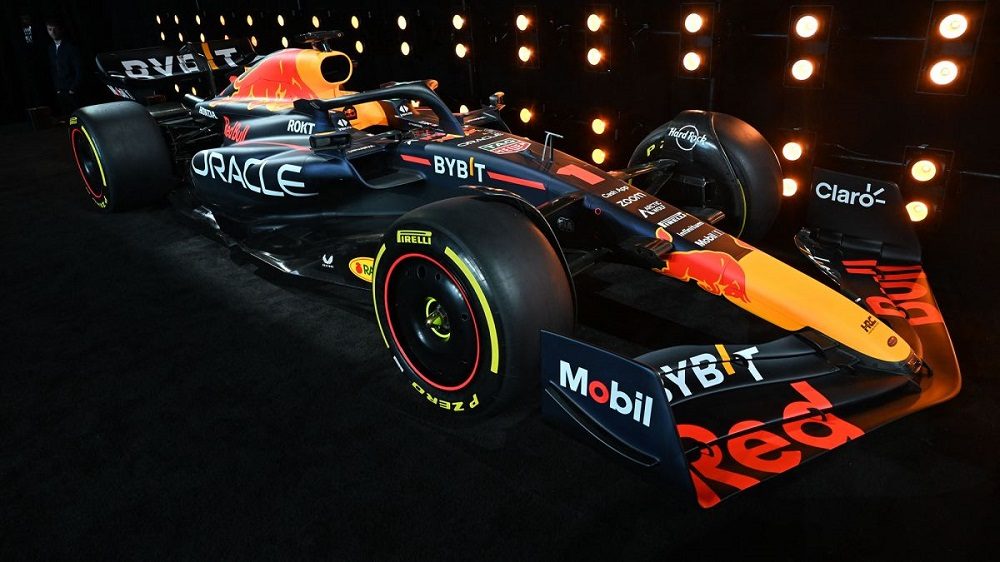
F1 Expected To Transition To Electric Power

Formula One has always been at the forefront of innovation and technology. From advanced aerodynamics to hybrid engines, the pinnacle of motorsports has always pushed the boundaries of what is possible in motorsport. As the world becomes increasingly concerned with sustainability and environmental issues, it is no surprise that F1 has shifted its focus to electric power.
Electric power is not a new concept in motorsport, with Formula E being the premier electric racing series. However, F1 is now exploring the possibility of using electric power in its cars, potentially as soon as 2026.

CNN/ Getty Images | The 2021 US Grand Prix was the best-attended F1 race of all time
Why Go Electric?
There are several reasons why F1 is considering the switch to electric power. One of the main drivers is the push toward sustainability and reducing carbon emissions. F1 is a global event that generates significant CO2 emissions, from cars to the transportation of teams and equipment worldwide. By switching to electric power, F1 could significantly reduce its carbon footprint and promote a more sustainable future for motorsport.
Another reason for the switch to electric power is the potential for increased efficiency and performance. Electric motors are known for their high torque and instant power delivery, which could lead to faster lap times and more exciting racing. Additionally, electric power could reduce the complexity of F1 engines, making them more reliable and easier to maintain.

ESPN/ Getty Images | The length of an F1 track is always 305 km
Challenges of Electric Power
While electric power presents many potential benefits for F1, several challenges must be addressed. One of the main challenges is the range of electric cars. F1 races are often long, with races lasting up to two hours. Current electric technology may not be able to provide the range and energy density required for F1 races without frequent battery changes or swapping.
Another challenge is the weight of the batteries required to power the cars. F1 cars are already designed to be as light as possible, and adding heavy batteries could negatively impact performance. However, advances in battery technology could help to address this issue.
Furthermore, there is the issue of the sound of electric cars. F1 is known for its high-pitched, ear-splitting engines in the event spectacle. On the other hand, electric cars are nearly silent, which could impact the excitement and atmosphere of F1 races.

CNN/ Getty Images | F1 cars don’t come with driver assistance technology like stability control
What Would an Electric F1 Car Look Like?
If F1 does decide to go electric, what would an electric Formula 1 car look like? There are several possibilities. One option is a fully electric car, with a battery-powered electric motor replacing the traditional internal combustion engine. Another possibility is a hybrid system, with an electric motor supplementing a smaller internal combustion engine. This could provide the best of both worlds, with the instant torque and efficiency of electric power combined with the sound and excitement of a traditional F1 engine.
There is also the possibility of using fuel cell technology. Fuel cells use hydrogen to generate electricity, producing only water as a byproduct. While this technology is still in its infancy, it has the potential to provide the power and range required for F1 racing while being more sustainable than traditional internal combustion engines.
More in Latest News
-
`
World’s Oldest Surviving Basketball Court May Help Boost Small Town Tourism
Basketball may be a global sport. But its roots run deeper in Canada than most people think. In the small border...
July 30, 2025 -
`
China Builds 50m-Tall Inflatable Dome to Reduce Construction Pollution
Cities deal with construction dust and noise daily. But a new dome in Jinan, in eastern China’s Shandong province, is changing...
July 23, 2025 -
`
Ligue 1 Adopts ‘Simplified’ Yellow Card Suspension System for Season 2025/26
Starting in the 2025/26 season, Ligue 1 is changing the yellow card suspension rule, and it is about time. The old...
July 17, 2025 -
`
Key Highlights From UFC 317 (June 26 – 29, 2025)
UFC 317 took over Las Vegas from June 26 to 29, 2025, and it didn’t waste a second. Fights were fast,...
July 9, 2025 -
`
Who Invented Basketball? Here’s All You Need to Know
Basketball didn’t just show up one day. It had to be invented. The story most people know starts in 1891 with...
July 3, 2025 -
`
What to Do (And What to Avoid) Before a Cruise
A cruise vacation is an incredible escape from the daily grind, offering relaxation, adventure, and the chance to explore new places....
June 25, 2025 -
`
Big Ten Basketball Power Rankings 2025. Can You Guess Who’s #1?
Big Ten basketball is once again the loudest, toughest, and deepest show in college hoops. The 2024-25 season was stacked with...
June 18, 2025 -
`
How Russia Is Using ‘Terrifying’ Fiber Optic Drones in Ukraine
In Ukraine, the battlefield is changing fast. Russian drones are not just flying cameras anymore, they are controlled by fiber optic...
June 11, 2025 -
`
Top 5 College Football Teams for the 2025 Season Ranked
College football is about to get wild in 2025. After two years of Big Ten dominance, the SEC is ready to...
June 3, 2025















You must be logged in to post a comment Login